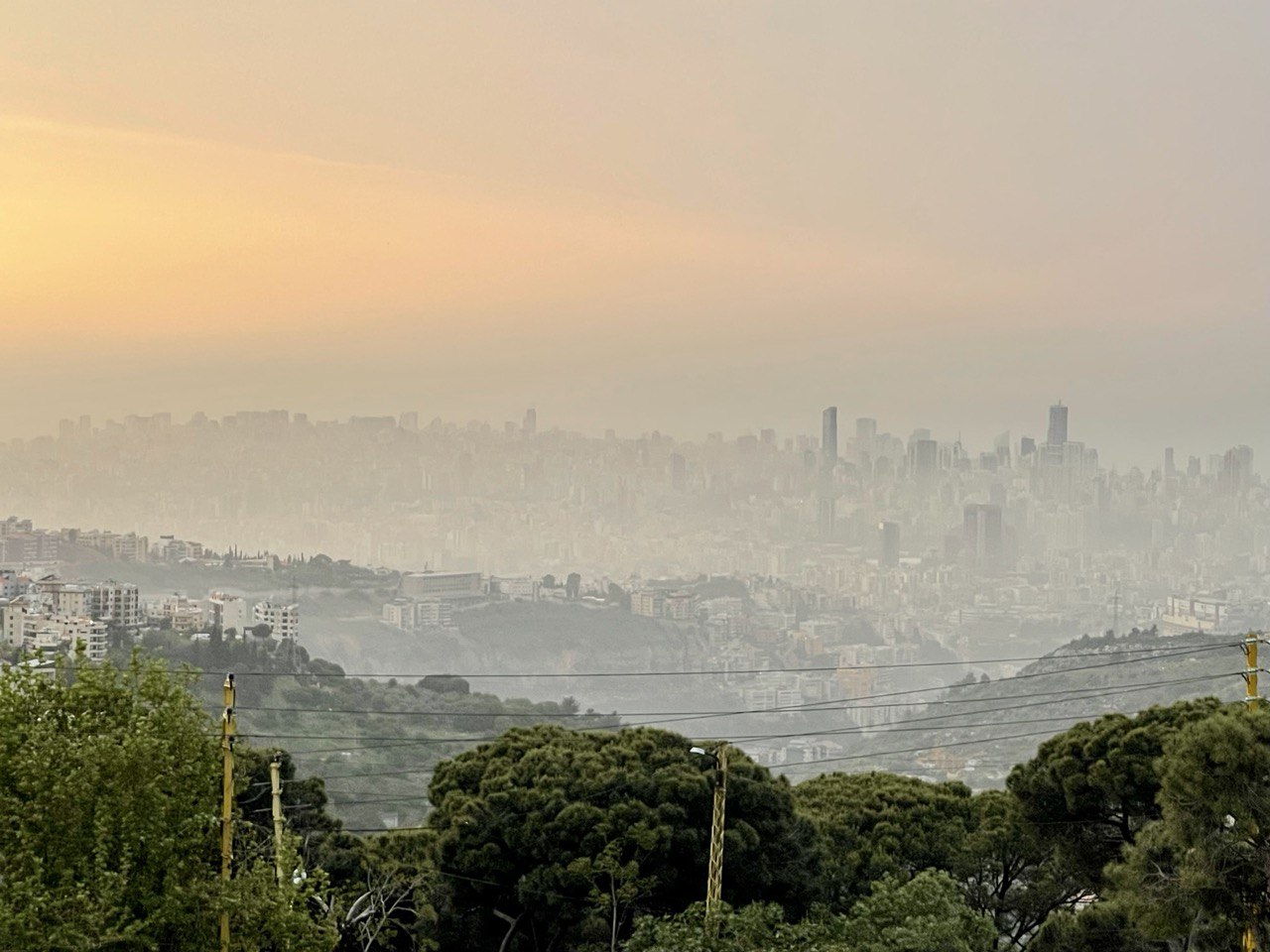
The small Mediterranean state of Lebanon has always made money primarily off the service sector. Up to 70 percent of the country’s budget revenues came from banking and tourism sectors, as well as from trade and information technology. But several years of political instability, a COVID pandemic and a difficult geopolitical situation pushed its economy into crisis. The banking sector has virtually collapsed, the currency is governed by the ‘black’ market, and the tourism industry exists nominally in the face of regular Israeli attacks on the southern Lebanon regions and a real threat of a full-scale military operation by the Jewish state that increases every day. Almost nothing is heard about official tours to this country; the resorts are mostly visited by venturesome individual tourists, and more states have been recently recommending their citizens to refrain from traveling to Lebanon.
But the Lebanese are not discouraged, it seems not typical of them at all to get discouraged. They keep on singing and dancing, remain optimistic and hope for the best, and it seems that even the walls - or rather nature - at home are their friends, comfort and helping hands. There were reasons that the country was once called ‘Switzerland of the Middle East’.
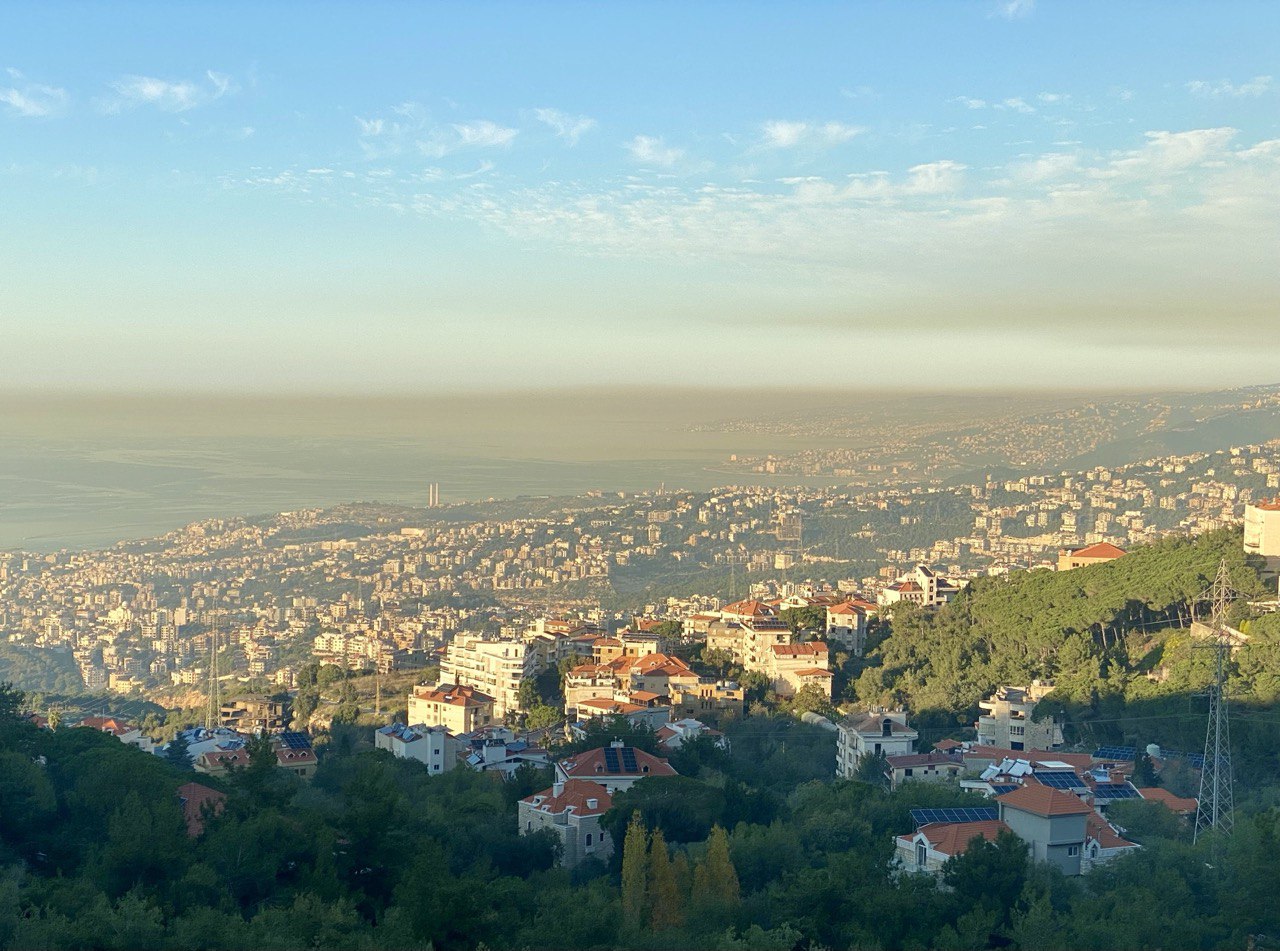
You fully understand that this comparison is true when you go from the sea to the top of the mountains along a narrow serpentine road where drivers can barely manage to pass around the oncoming cars. The houses scattered at an altitude of more than a thousand meters above sea level, like mushrooms, appear from under the greenery that hides them and only red tiled roofs are seen; the balconies are surrounded by the bougainvillea flowers and hidden from the travelers on the road, as well as the private life of the owners of the houses. Small towns and villages pass one after another, giving way to amazing views. So, it is not surprising that the main attraction of Lebanon is not the Mediterranean Sea, but the mountains and their amazing nature with its intoxicating scents of conifers, embracing fogs, a great variety of flowers of various colors and herbs, as well as mountain rivers and lakes.
Will cedar trees, mighty giants from the past, save the future?
Cedar trees are not just the main attraction of Lebanon, this tree is depicted on the country’s national flag, it is the real pride and national treasure of the Lebanese. There are at least eight magnificent cedar forests in the country, all of them are under state protection and have the status of national parks. The largest of them is the Al-Shouf Cedar Nature Reserve located on the slopes of Mount Barouk. Back in 2005, UNESCO declared this 50,000-hectare area (which is 5% of the entire country) a protected area.
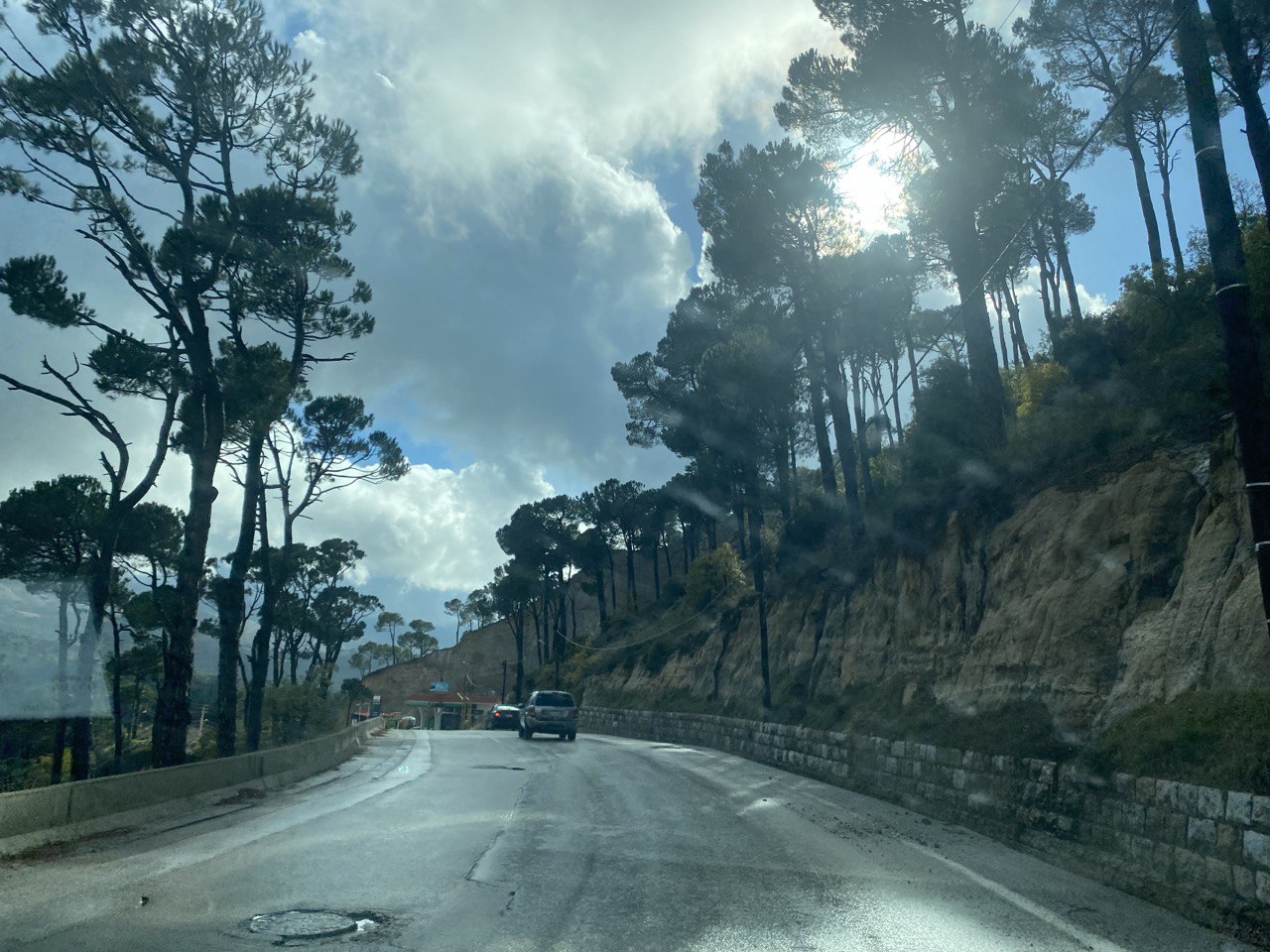
To get to the cedar forest, you need to go along the serpentine road for a long time, and when you get to the top, you just enjoy the fabulous views worthy of becoming the setting for a mystical thriller. But the film crew is unlikely to be allowed into the protected area where it is forbidden to take meals, smoke, throw garbage around, and travelers can only walk along the paths provided with signs. This forest area is home to 280 plant species. The history shows that cedar trees have been growing there since the 1500s B.C. and some of the giants that have survived to this day are the oldest trees on the Earth.

They say that the Phoenicians used cedar logs to build ships in ancient times and valued these trees for their strength, light weight and durability. Another legend says that cedar logs were also among the construction materials used for building the Solomon’s temple. The fame of the unique qualities of cedar trees went far beyond their habitat in the Middle East; people began to widely use cedar logs in construction, furniture manufacture, as well as for the manufacture of wine barrels and wooden sculptures, and many other things. And in the end, there were almost no cedar forests left. A legend has it that at the turn of our era, all the mountains of modern Lebanon, without exception, were covered with cedar trees. But the cutting down of trees, as well as fires during the civil strife periods led to the situation that only 1 percent of the former cedar grandeur remains untouched now.

There is a belief that the end of the world will come when the last cedar tree dies. Therefore, in Lebanon, active efforts are made to preserve this natural heritage. There are many projects to plant new trees and you can see thousands of young cedar trees in the protected areas with nameplates indicating the date of planting and the name of the person (often already deceased) to whom the cedar tree was dedicated.
Baatara gorge waterfall called a ‘Throat’
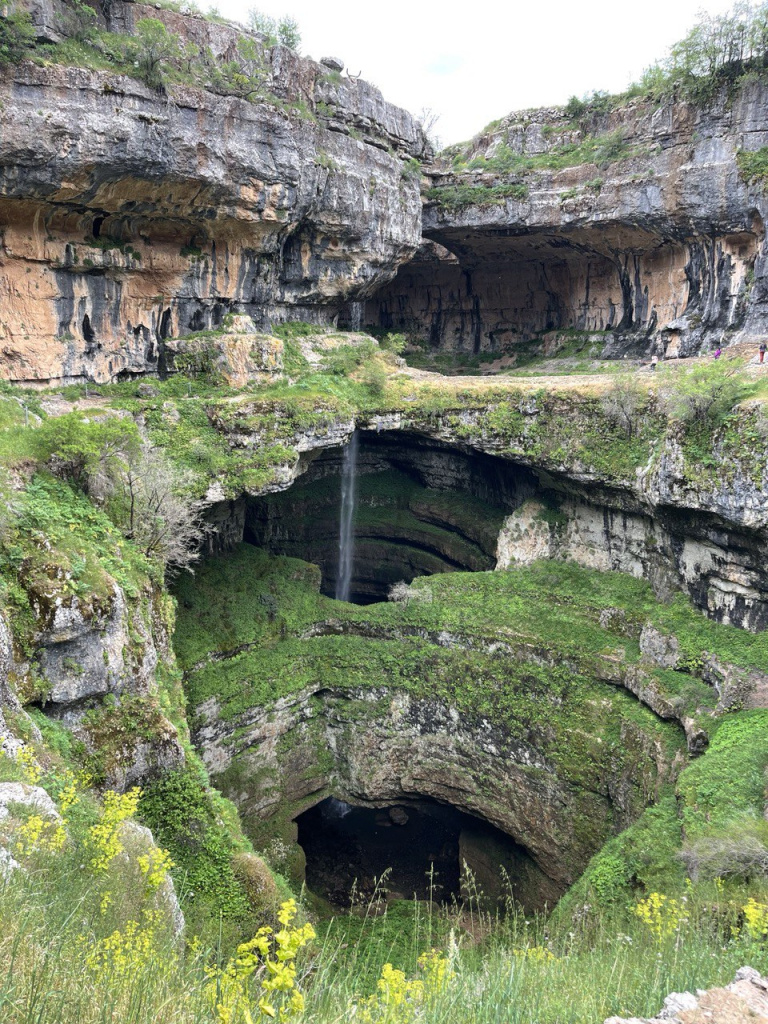
Of course, cedar trees are not the only natural attraction of Lebanon. There are also stunning mountain lakes and waterfalls in the country. One of them, the Baatara Gorge Waterfall, deserves special attention. It is located in the Jbeil region of Mount Lebanon (the Lebanon Range), near the town of Tannourine. By the way, Tannourine is also the name of bottled natural spring mineral water from mineral springs in this area. The Baatara Gorge Waterfall was discovered in 1952 by speleologist Henry Coifu. The waterfall is 225 meters high. The cave is also known as the Cave of the Three Bridges,” as on its way into the valley, the water cascade falls behind the three natural bridges rising one above the other. It is worth saying that this name is mentioned less often than another one - Throat - that is almost an official one. From afar, it seems that water is falling directly into the ‘throat’ of some creature. This place is beautiful and very famous, but many Lebanese have never visited it.
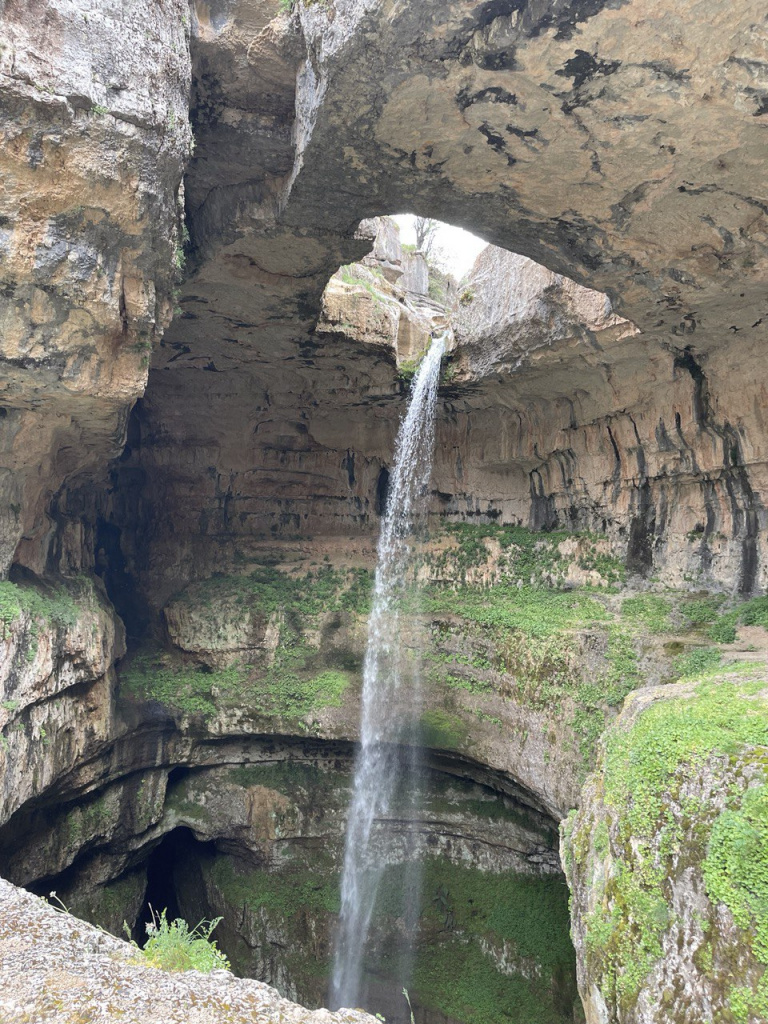
Jeita Grotto in water and in reality
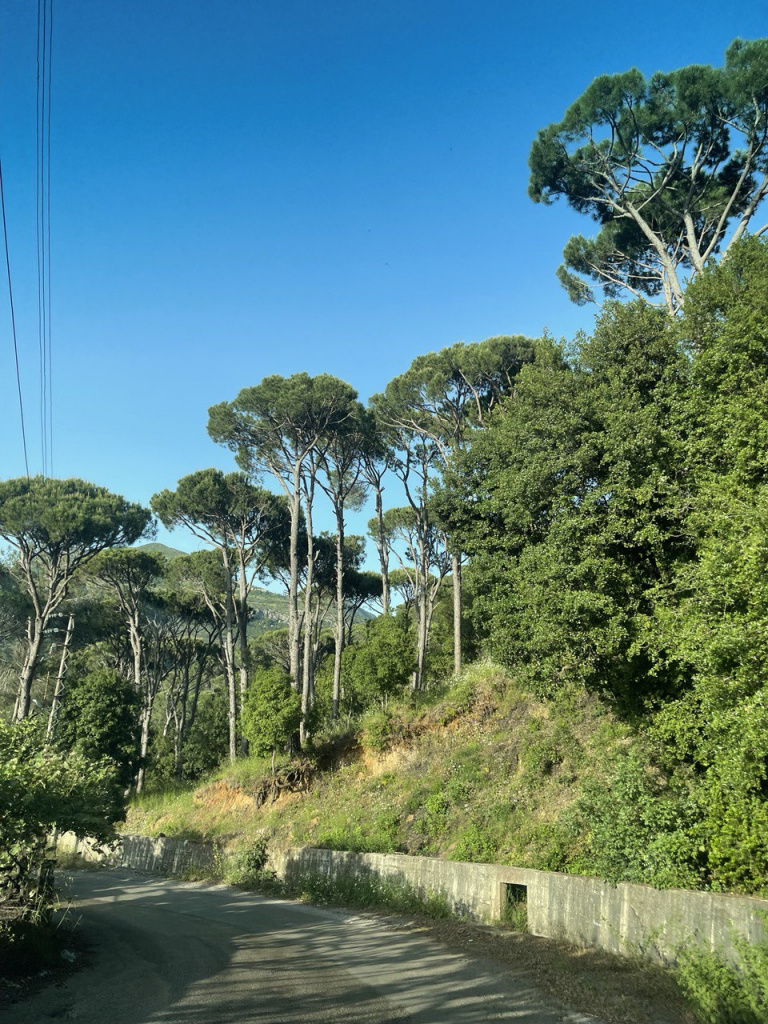
There is a complex of karst limestone caves about 20 kilometers north of Beirut in the city of Jeita. The Jeita Grotto, as the Lebanese call this place, consists of two caves - the lower one where the underground lake is located was discovered back in 1836. Its discovery is attributed to the American missionary William Thomson.
But the upper cave, looking like the kingdom of the gnomes, owes its discovery to... a goat, as is often the case in the Middle East. In 1958, the animal liked to graze the mountain slope and fell into a crevice. The news about the cave and the accident with the goat reached the speleologists. They were the first to see the incredible beauty while going several thousand meters deep.
In earlier times, it was possible to travel in a small maneuverable canoe-shaped wooden boat along the water surface of the underground lake that hides behind stalactite-covered rocks hanging directly above the heads of tourists. Now, the boats are right there, but tourists are transported in groups on larger, but less maneuverable electric boats. Therefore, the beauty of the distant narrow areas remains hidden from the tourists coming here. But even a 10-minute tour of the lake that is several hundred meters long is enough to enjoy the stunning views around; the lake’s water is transparent to the very bottom.
The situation in the upper cave is similar. Only part of the galleries that are hundreds of meters high can be seen. Stalactites and stalagmites of stunning beauty create bizarre shapes and structures, reminiscent of ancient castles or alien landscapes. By the way, the largest stalactite in the world is in the upper cave.
The caves are interconnected and have a total length of about nine kilometers, but tourists can see only a small part of them. Most of the galleries and underground passages are closed. In addition, taking pictures is strictly prohibited in the caves, and cameras and mobile phones must be left in special lockers at the entrance. Therefore, any photographs from these caves are illegal, unless there is special permission from the authorities for filming and taking pictures. But anyone can look at the interior decoration of the Jeita Grotto online.
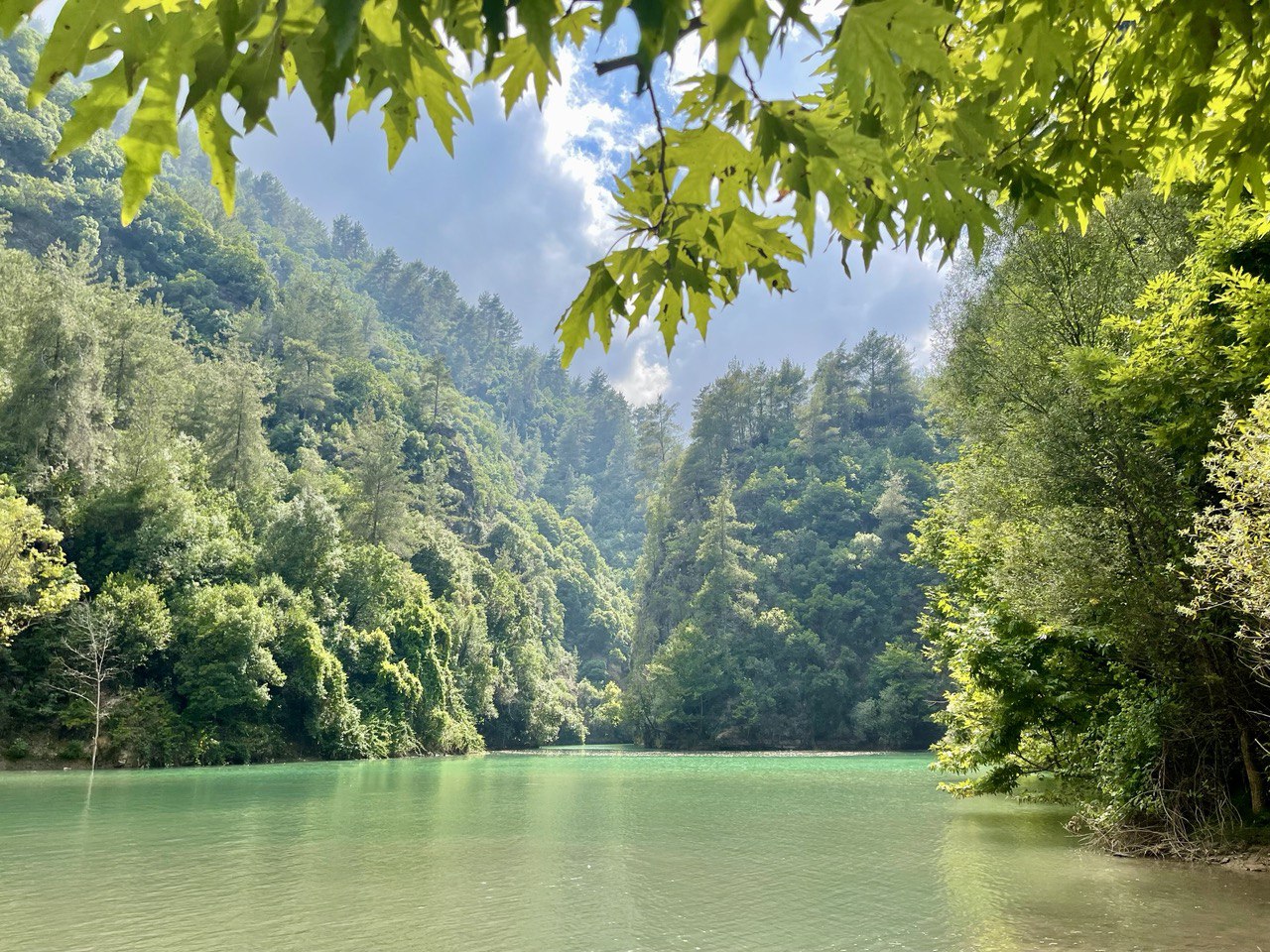
The Jabal Moussa Biosphere Reserve (Mount of Moses) is on the western slopes of the Lebanon’s mountain range in the Kesrouane-Jbeil region, 50 km away from the capital Beirut and 25 km from Byblos. Its central part located between the historical rivers Nahr Ibrahim and Nahr ed-Dahab covers an area of 1,250 hectares at an altitude from 350 m to 1700 m. Since 2009, the Jabal Moussa Biosphere Reserve has been part of the UNESCO network of biosphere reserves.
The Jabal Moussa Reserve’s biodiversity includes 728 flora specimens, 25 species of mammals and over 137 species of migratory and hovering birds. More than 20 species of rare and endangered mammals inhabit this area. The mountain range is also interesting due to its geological features as Jabal Moussa is located in the center of the mountain formations where the oldest outcrops are in Lebanon. The top of the mountain is the pristine wilderness in the country, and the adjacent Adonis Valley, an inspirational natural and cultural landmark of Lebanon, is an extremely well-preserved system geologically, archaeologically and culturally.
The Jabal Moussa Biosphere Reserve is of interest to ordinary people, first of all, for its hiking and trekking routes, there are 12 of them in total. Some of these routes can be used by experienced or professional mountaineers only as they are complex and dangerous. Others hiking and trekking routes last 2-3 days with an overnight stay at a campsite. But the most popular and attractive route for those who come to the Jabal Moussa Reserve leads to the valley near the Ibrahim River (Nahr Ibrahim).
After travelling several kilometers for 45-60 minutes along winding narrow paths among the roots of mighty trees and going up and down the mountains or along the edge of a cliff, through trees and on the rocks, tourists finally descend from a height of about 600 meters down into the valley where the mountain river flows. Many travelers dream of refreshing themselves up in its water very cool even in the hottest days and of enjoying the surrounding stunning landscapes. However, not every traveller can endure the difficult way to it. Many Lebanese admit that they have never been to Nahr Ibrahim. However, this trail is very popular with tourists, and every day, hundreds of people, mostly young people and foreigners, descend into the Adonis Valley. With Nordic walking poles or a stick at hand, bottles of water that can be filled at small mountain waterfalls, people go - some up, some down - and stop from time to time to have some rest and enjoy the view or sink in the water of the river that turns into a lake in some places. The river’s water ‘washes off’ the weariness at once and gives them a surge of energy and revival of their spirits. And everyone understand - it was worth the effort!

When traveling around the country, you can easily find places to relax, as well as cafes and restaurants offering really delicious Lebanese cuisine. The Lebanese are good at cooking tasty food, they are fond of comfort and enjoy the life. Fortunately, the very nature of this country is favorable for this. The main thing is to live in safety and peace.



